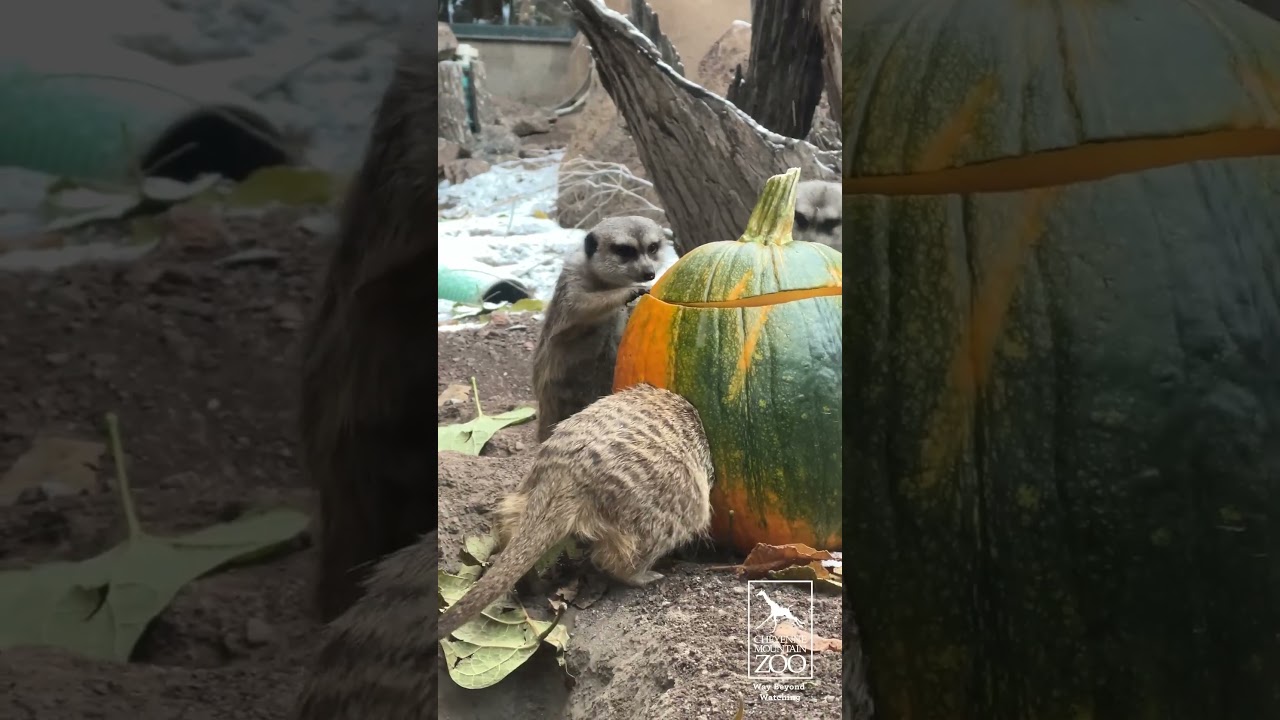– The long-lasting tradition of pumpkin fun
– Creative ways to utilize pumpkins
– An exploration of the various species that benefit from pumpkins
– The importance of pumpkin conservation
Vibrant leaves, crisp air, and endless pumpkin-related activities often characterize autumn. From carving jack-o’-lanterns to enjoying pumpkin-flavored treats, the pumpkin has become an essential symbol of fall. However, who says the pumpkin fun has to end on October 31st? Pumpkins hold a fascinating and vital role in nature, wildlife, and even zoo environments long after Halloween has passed. Let’s delve into the unique and fascinating aspects of the pumpkin and discover the myriad of ways this humble fruit continues to bring joy and benefit to the world around us.
The long-lasting tradition of pumpkin fun
While pumpkins are most commonly associated with Halloween and the fall harvest season, their appeal extends far beyond a mere symbol of seasonal decor. The tradition of using pumpkins for entertainment and nourishment dates back centuries, with the fruit being utilized for everything from decorative purposes to providing sustenance in various cultures and traditions worldwide.
However, what makes pumpkins particularly special is their longevity and versatility. Unlike many other fruits or vegetables, pumpkins have a remarkably long shelf life, often lasting several months if stored in a cool, dry place. This exceptional durability has contributed to the widespread use of pumpkins in many activities and events, from culinary delights to recreational pastimes.
Creative ways to utilize pumpkins
Beyond their traditional role as a canvas for spooky or cheerful faces, pumpkins can be utilized in myriad creative and unexpected ways. For instance, the seeds of pumpkins are not only a popular snack but also a rich source of essential nutrients. Roasted pumpkin seeds can be seasoned with various spices or enjoyed as a simple, wholesome treat, providing a healthy alternative to conventional snacks.
The pumpkin’s flesh is also incredibly versatile, lending itself to a vast array of culinary creations. From savory stews and soups to delectable pies and desserts, the pumpkin’s sweet, earthy flavor can elevate any dish, making it a staple ingredient in countless recipes worldwide.
Moreover, a pumpkin’s large, hollow interior presents endless opportunities for artistic expression, offering a blank canvas for imaginative designs and decorative displays. Whether carved into intricate patterns or adorned with colorful embellishments, pumpkins can transform any environment into a festive, enchanting space.
An exploration of the various species that benefit from pumpkins
In the realm of wildlife and nature, pumpkins play a crucial role in providing sustenance and enrichment to various species. At zoos and wildlife sanctuaries, pumpkins are often used as an engaging form of environmental enrichment for animals, stimulating their instincts and fostering mental and physical well-being.
For many animals, foraging for food is an essential aspect of their daily lives, and pumpkins offer a unique and engaging means of encouraging natural behaviors. From bears and big cats to primates and rodents, wildlife institutions frequently incorporate pumpkins into their enrichment programs, allowing animals to interact with and consume the fruit in imaginative and stimulating ways.
Furthermore, the nutritional value of pumpkins makes them an ideal supplement to the diets of numerous animals, providing essential vitamins, minerals, and fiber. Whether served whole or pureed, pumpkins offer a wholesome and enjoyable nourishment source for a diverse species, contributing to their overall health and well-being.
The importance of pumpkin conservation
As with many natural resources, the conservation of pumpkins is paramount, especially in the face of environmental challenges and diminishing habitats. By cultivating a deeper appreciation for the significance of pumpkins in the natural world, we can begin to recognize their vital role in supporting diverse ecosystems and preserving biodiversity.
Furthermore, embracing sustainable practices in pumpkin cultivation and utilization can help minimize waste and contribute to the overall health of our planet. Whether through responsible farming methods, mindful consumption, or the promotion of wildlife-friendly environments, we can safeguard the legacy of the pumpkin for generations to come.
In conclusion, the enduring appeal of pumpkins extends far beyond their seasonal significance, encompassing a rich tapestry of cultural, culinary, and ecological significance. By embracing the enduring tradition of pumpkin fun, exploring creative ways to utilize pumpkins, acknowledging their impact on wildlife, and advocating for their conservation, we can ensure that the humble pumpkin remains a source of joy and benefit for all. So, why let the pumpkin fun end on October 31st? Embrace the spirit of the pumpkin year-round and revel in its enduring magic. After all, who knows what unexpected adventures and delights await when we keep the pumpkin spirit alive?
*****
Source Description


